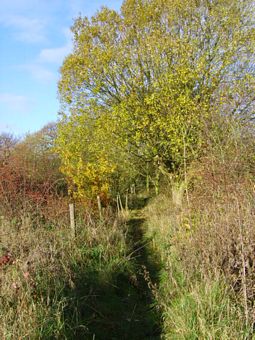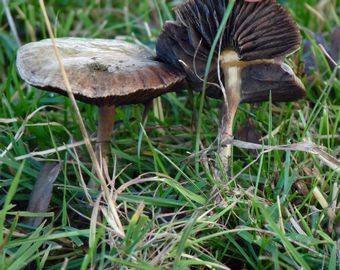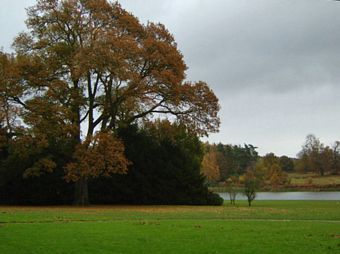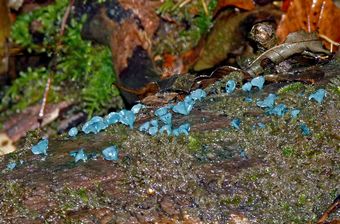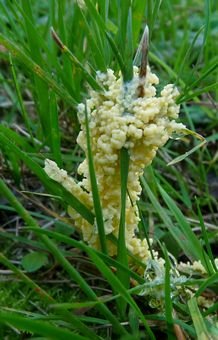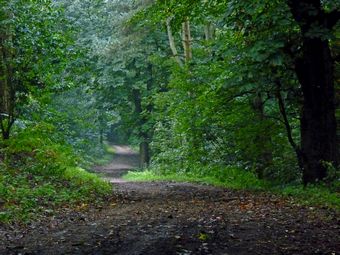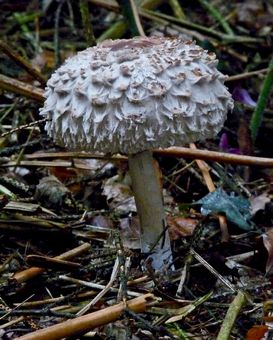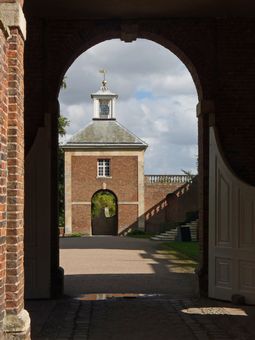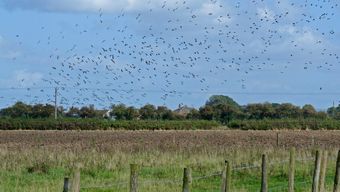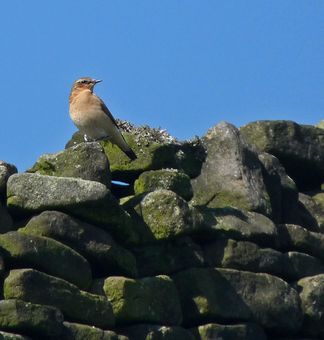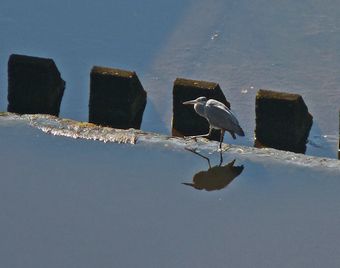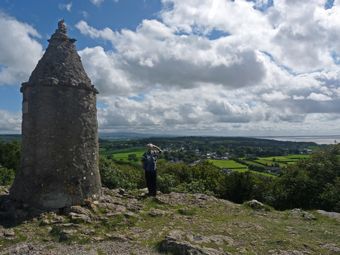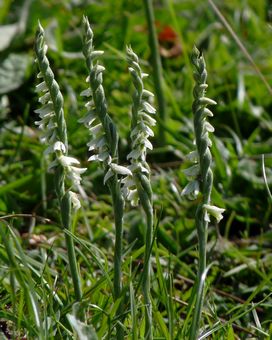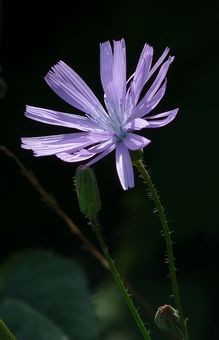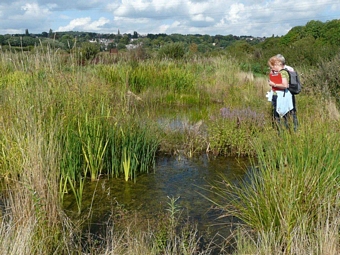 Near Dragonfly MarshAlthough we normally move to fortnightly outings once September arrives, we inserted this extra trip as Rodley is not open to the public on Tuesdays and this was the only day in September on which they could accomodate us. We had visited this impressive 100 acre reserve only last August and noted several improvements that had been made in the past year. New steel hides were in place to replace those vandalised and burnt down, the riverside path had been extended and much thinning of reeds had taken place to allow better sightings from the hides.
Near Dragonfly MarshAlthough we normally move to fortnightly outings once September arrives, we inserted this extra trip as Rodley is not open to the public on Tuesdays and this was the only day in September on which they could accomodate us. We had visited this impressive 100 acre reserve only last August and noted several improvements that had been made in the past year. New steel hides were in place to replace those vandalised and burnt down, the riverside path had been extended and much thinning of reeds had taken place to allow better sightings from the hides.
The day was coordinated by June Ackroyd, a member both of BEES and Rodley and we were welcomed by Peter & Barbara Murphy who gave us an introductory talk and then led us on a tour of the reserve before before allowing us to explore at will during the afternoon. Peter was pleased to note 5 wigeon on the lagoon, the first sightings of the season and an early record. At the same time we were treated to a fly round by 5 gadwall, later joined by another 4 to make a lovely sight against a clear sky. A group of teal, a couple of mute swans and three cormorants also took to the air whilst swallows and house martins hawked and as dragonflies and butterflies were continually on the wing at lower levels and planes came and went from Yeadon we enjoyed an impressive aerial display throughout the day.
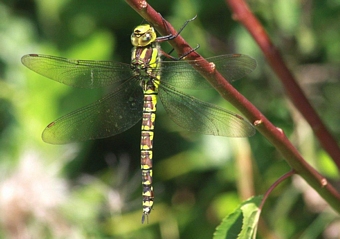 Southern Hawker FemaleJoan & Alice recorded 177 species of plants (with 92% in flower according to Alice's calculations!), including 20 species of grasses, sedges and ferns. Highlights from the botanists were spiked water milfoil, narrow-leaved water plantain, marsh cudweed, common fiddleneck, celery-leaved buttercup and marsh mallow. Although many summer migrants had departed for warmer climes, Donald nevertheless recorded 33 species of birds, 7 butterflies, a pink-barred sallow moth and a frog.
Southern Hawker FemaleJoan & Alice recorded 177 species of plants (with 92% in flower according to Alice's calculations!), including 20 species of grasses, sedges and ferns. Highlights from the botanists were spiked water milfoil, narrow-leaved water plantain, marsh cudweed, common fiddleneck, celery-leaved buttercup and marsh mallow. Although many summer migrants had departed for warmer climes, Donald nevertheless recorded 33 species of birds, 7 butterflies, a pink-barred sallow moth and a frog.
The weather forecast didn't promise a good day, but in fact the sun shone throughout our stay which was enjoyed by all 14 of our party. Rodley depends entirely on volunteers to run the reserve and the work that they do is most impressive. It's an extremely well run and managed reserve, only 4 miles from the centre of Leeds, and is well worth a visit anytime (open to the public 10am-4pm on Wednesdays and weekends only).
In the absence of our regular photographer, Sue, who had deserted us for a week in Derbyshire, Barbara very kindly agreed to deputise and let us have a few photos of the day. You'll find these here and on the gallery (all the best ones are Barbara's!).
Stuart

